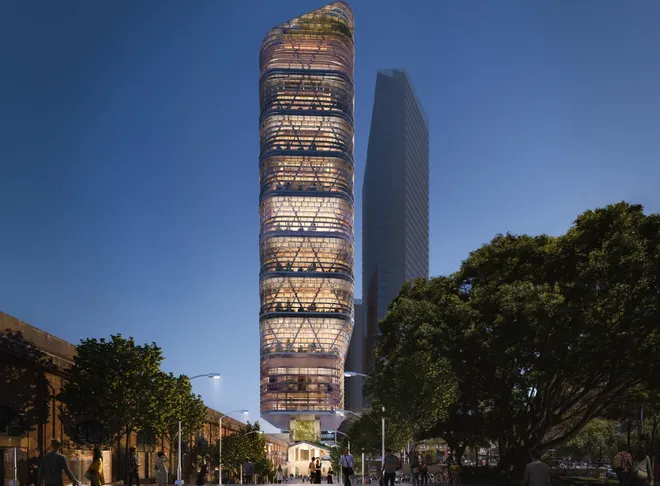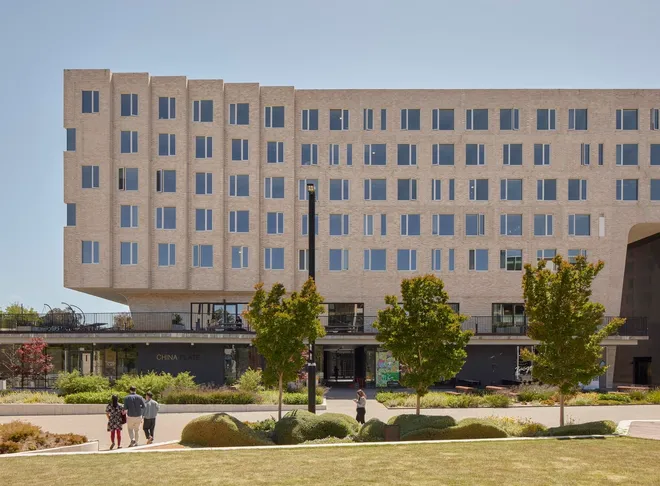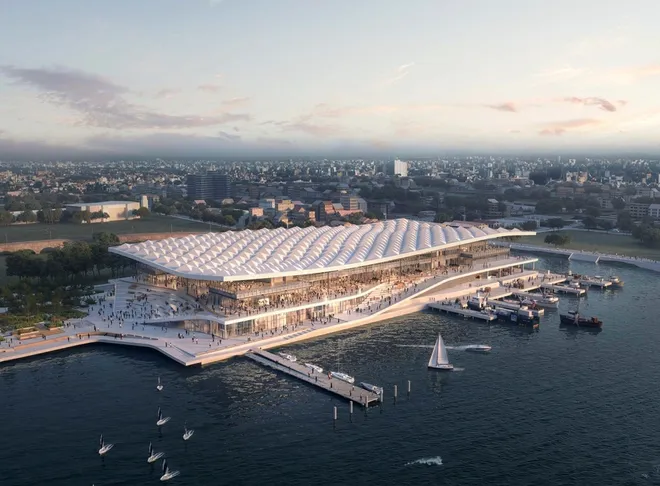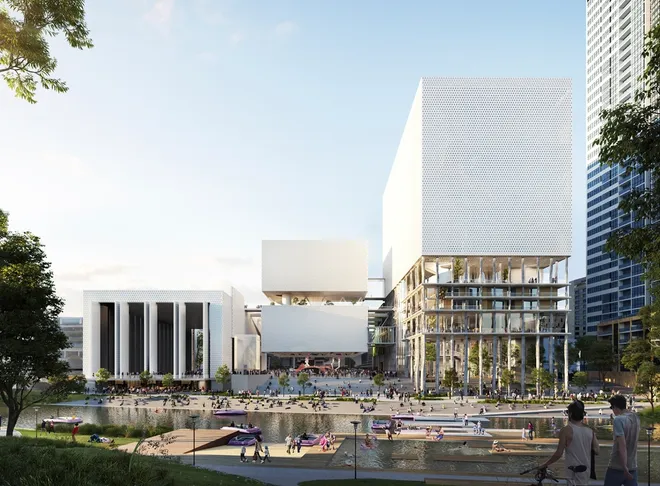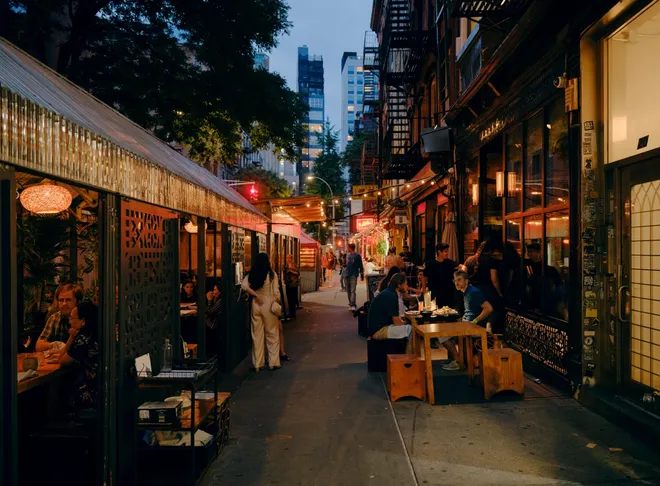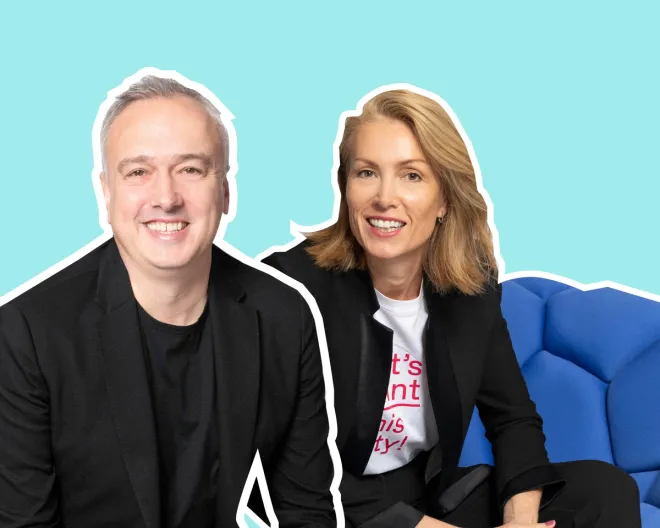Towards Net Positive

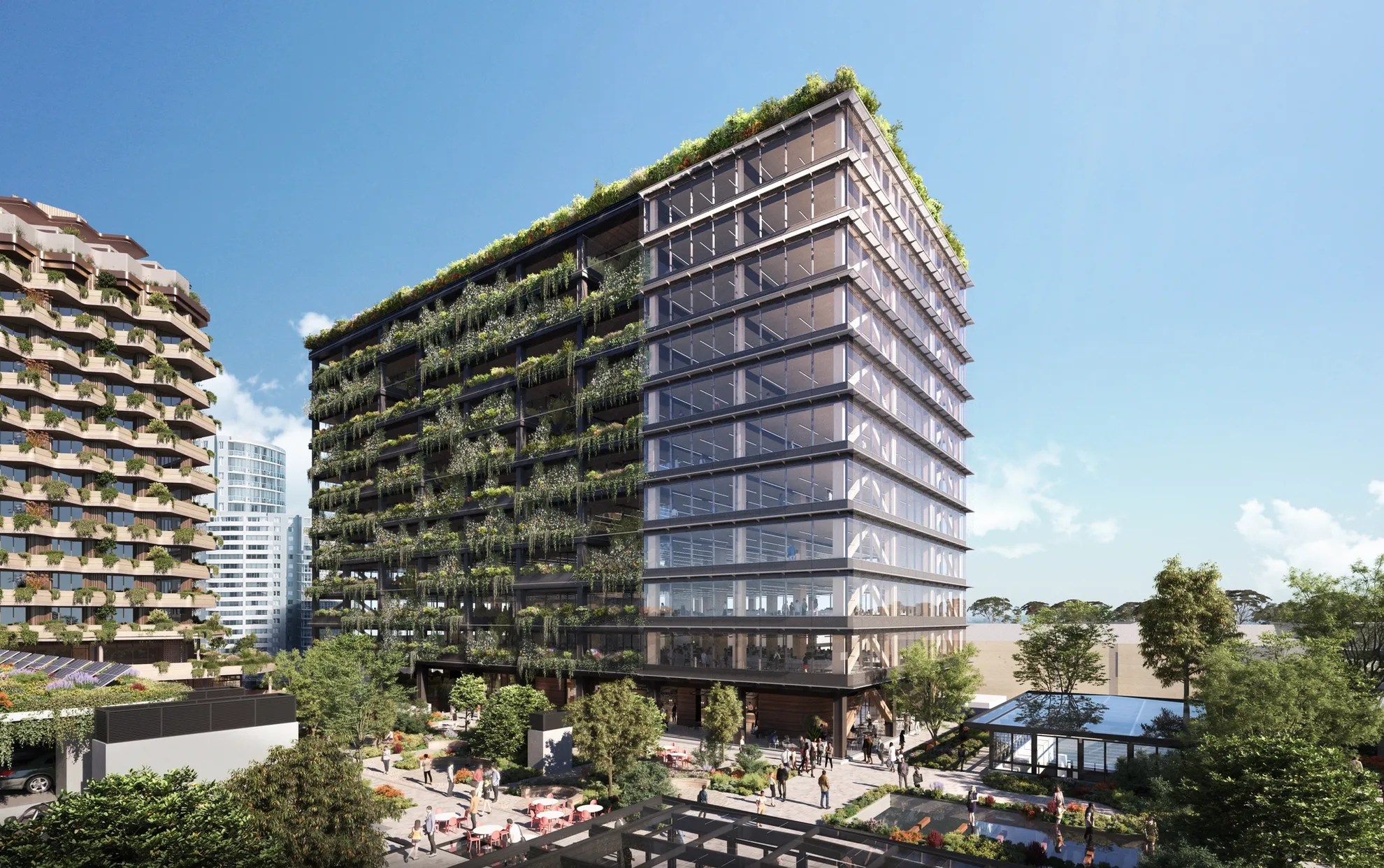

We are a climate positive organisation committed to innovating our way towards a net positive future. A future that maximises human wellbeing, binds us through place and regenerates the planet.
Our greatest challenge is to transform the way we design and build, and inspire others to do the same. If net zero is about doing less damage, net positive is about making things better.
The construction industry contributes around 40% of global carbon emissions1. As a society, we are facing significant challenges and can’t afford to continue building in the same way we do now. Infinite growth on a finite planet is simply not possible.
What is required is a shift to whole systems thinking. Bringing together the disparate parts of the industry, eliminating waste and reducing embodied carbon. The move to interconnecting design and fabrication with ethical and societal values will allow us to address the current imbalance.
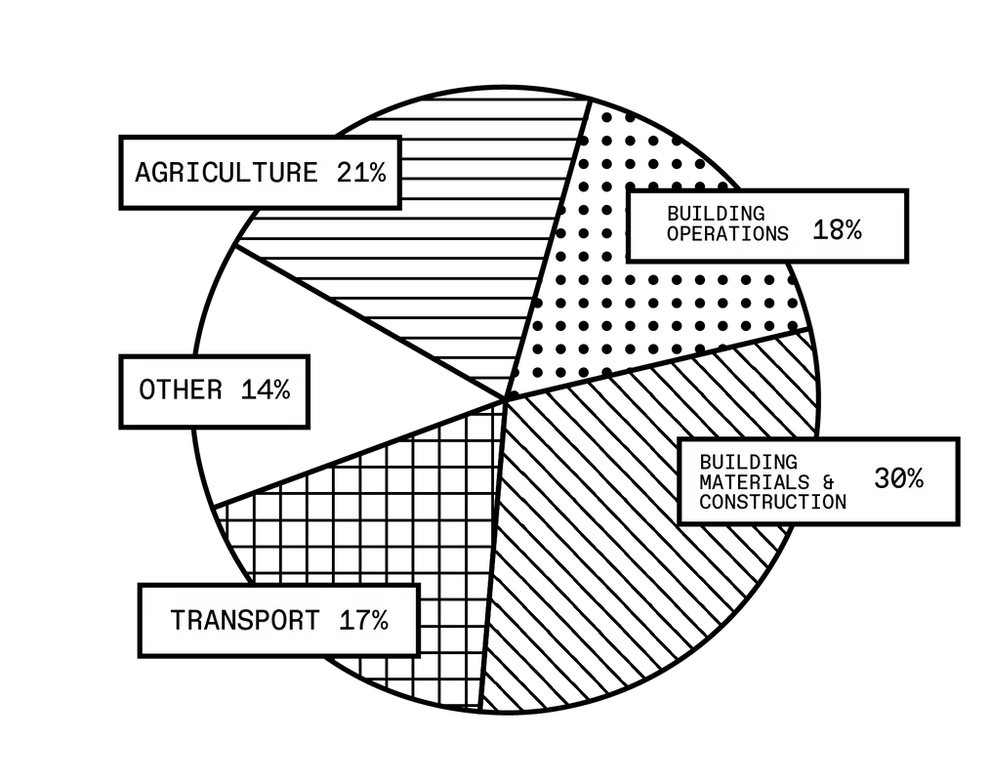
Upfront carbon will be responsible for half of the entire carbon footprint of new construction between now and 2050, threatening to consume a large part of our remaining carbon budget2. Reducing operational carbon and utilising carbon offsets is not enough. Setting our sights on embodied carbon ensures we move beyond operational carbon in new buildings and push for the radical adaptation of our existing buildings.
Despite its importance to global economies, the construction industry suffers from low productivity and profit margins and is one of the least digitised sectors3. Digital technologies have the power to transform the design and construction industry as they have other entire industries.
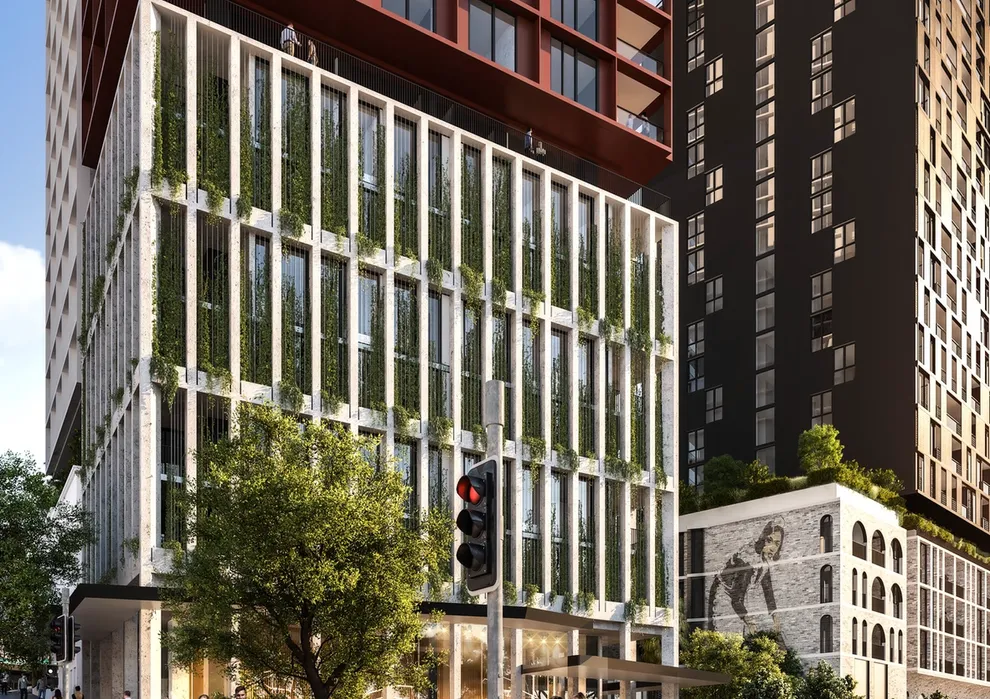

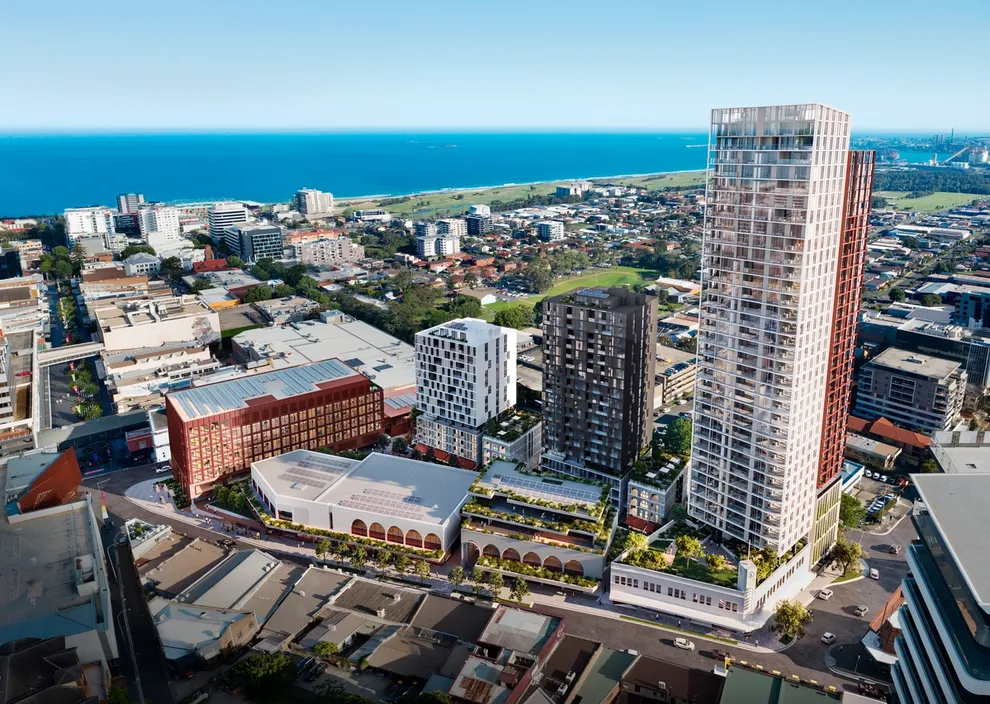
Revitalising an entire city block, WIN Grand is set to transform Wollongong's CBD into a place of renewed energy, activity and progress. The project has been positioned to achieve Carbon Neutral certification an is powered by renewable energy.
The integration of advanced technologies such as pre-fabrication, robotics, large scale 3D printing, virtual and augmented reality allows us to tackle old problems in ways that were previously not possible or commercially viable.
Advanced technologies increase the possibility of crafting new aesthetics that integrate low embodied carbon materials which are optimised and tracked to reduce waste. If we link our digitised design process with construction and operation we can reduce the waste in time, resources and cost over the life of our buildings.
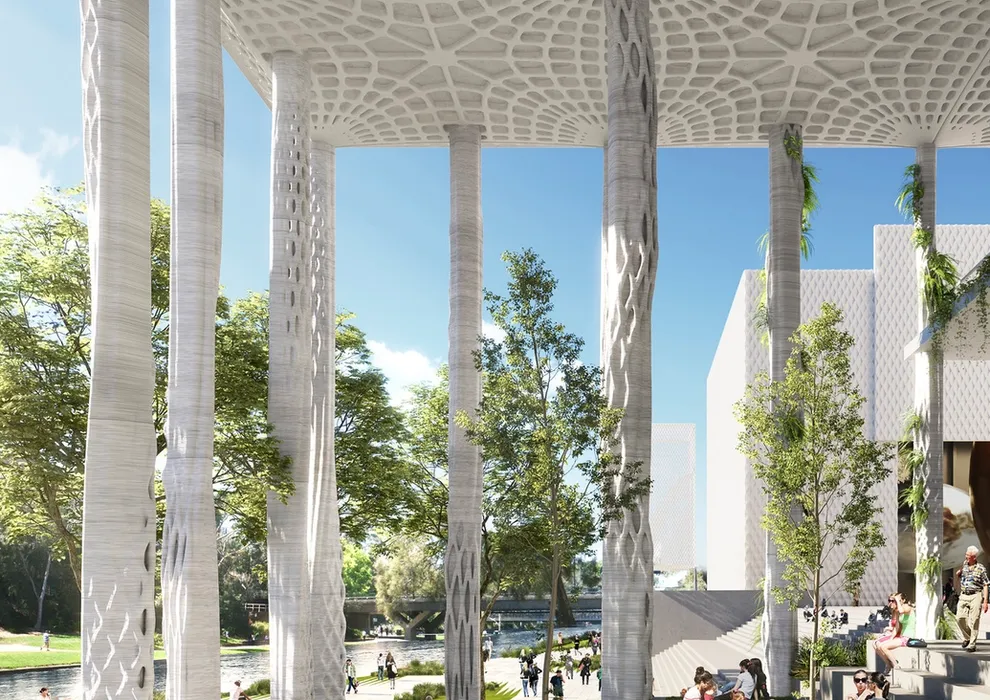
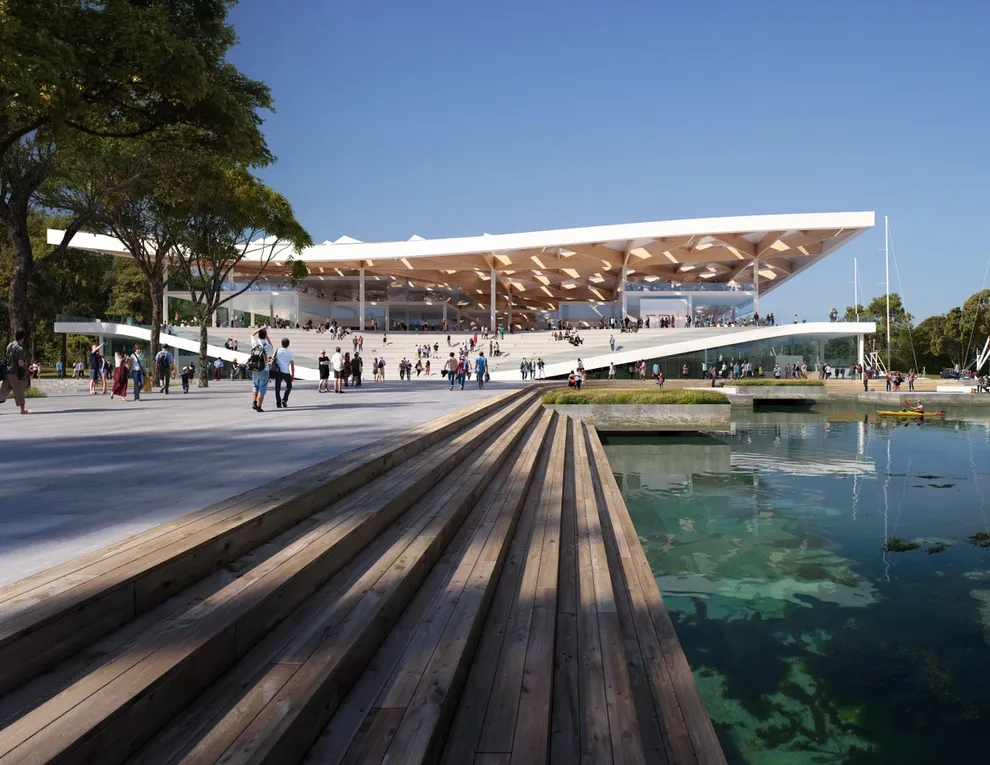

Top and bottom left: Sydney Fish Markets
Right: Powerhouse Parramatta
The building and construction industry is one of the largest industry sectors worldwide and in Australia, it equates to eight percent of our national GDP4. The building industry has a devastating impact on the environment. It is globally one of the largest consumers of natural resources and energy, one of the largest contributors to greenhouse gas emissions and one of the major producers of waste.
To move towards net positive, the relationship between built and natural systems needs to be reframed. In doing so we can reconnect humans with nature even in our urban environments.
Ecological networks can be strengthened by increasing natural environments and designing buildings that support plants and animal habitats. The built environment is a canvas for new ways of greening our cities that support the role of our parks and streets.
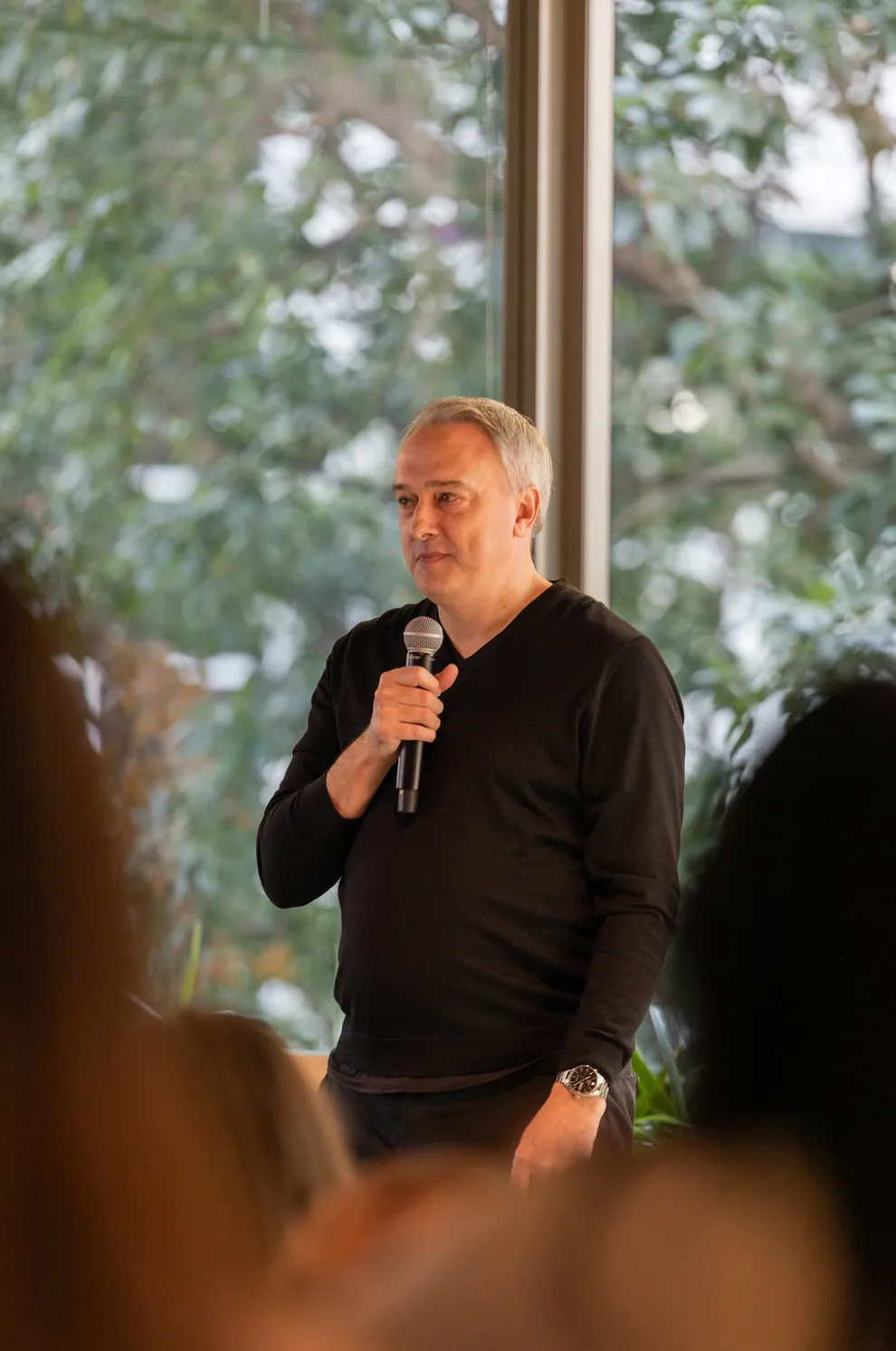
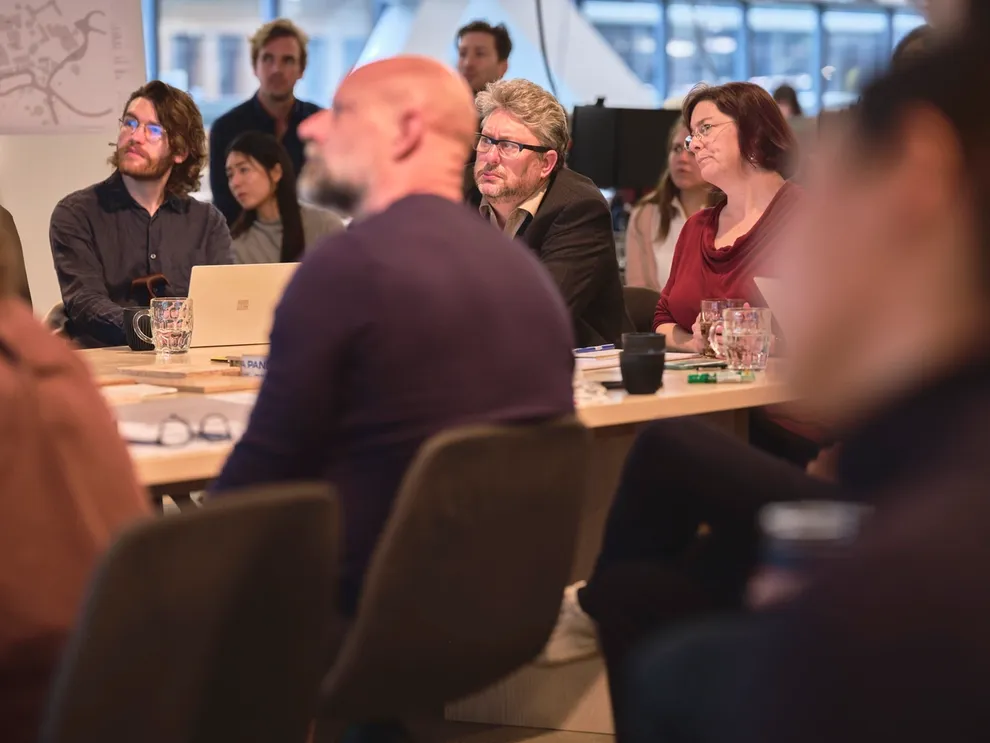

REgenerative Week played out across our studios globally. Dedicated entirely to knowledge sharing and exploration around regenerative design, REgen Week consisted of five days of talks, open forums, focus groups, workshops and strategy planning with our senior leadership group.
The event was hosted by Jason McLennan and Phaedra Svec of Seattle-based McLennan Design, two of the most influential visionaries in the green building movement today.
